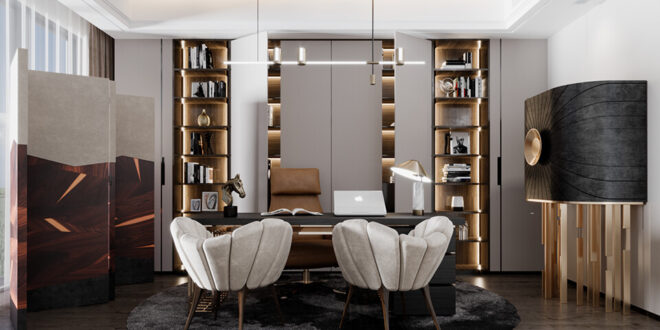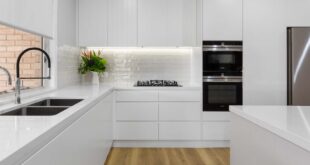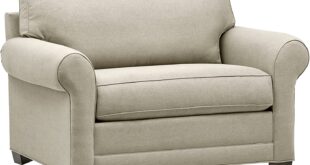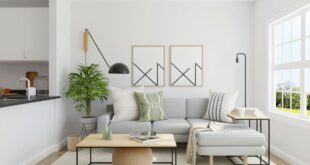Crafting Your Ideal Workspace: The Ultimate Guide to Home Office Design
The modern world has redefined the workplace. For many, the once-rigid boundaries of the traditional office have blurred, giving rise to the increasingly popular home office. But simply setting up a laptop on the kitchen table doesn’t cut it. A truly effective home office design is a carefully considered space that fosters productivity, creativity, and well-being. It’s more than just a place to work; it’s an investment in your success and happiness.
This comprehensive guide will walk you through every aspect of creating a home office that not only meets your practical needs but also inspires you to do your best work. We’ll delve into considerations like space planning, ergonomics, lighting, storage solutions, and personalization, providing actionable tips and expert advice to help you transform your home into a haven of productivity.
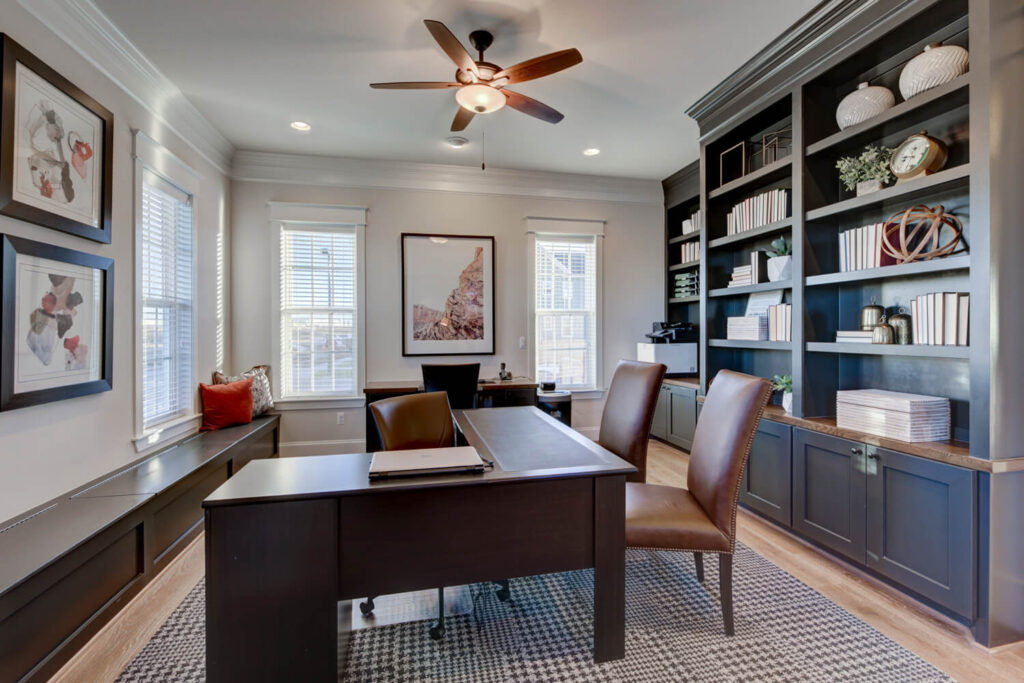
Understanding Your Needs: The Foundation of Effective Design
Before you even think about paint colors or furniture styles, it’s crucial to take a step back and thoroughly assess your individual needs. This foundational step will guide every design decision you make and ensure that your home office is truly tailored to your specific requirements.
Defining Your Work Style and Tasks
Begin by considering the nature of your work. What types of tasks do you typically perform? Do you spend most of your time on a computer, or do you require space for drawing, writing, or other hands-on activities? Do you need to conduct virtual meetings frequently? Understanding your work style will dictate the type of equipment you need, the amount of desk space required, and the need for privacy and soundproofing.
- Think about your daily workflow: Do you prefer to work in focused sprints with minimal distractions, or do you thrive in a more collaborative environment?
- Consider the tools you use: Do you need multiple monitors, specialized software, or physical tools like drawing tablets or sewing machines?
- Identify your peak productivity hours: Are you a morning person or a night owl? This will influence the best location for your office and the type of lighting you need.
Assessing Available Space and Location
Next, evaluate the available space in your home. Do you have a spare room that can be dedicated entirely to your office, or will you need to carve out a workspace within an existing room? The location of your home office is also critical. Consider factors such as noise levels, natural light, and proximity to distractions like the television or the kitchen.
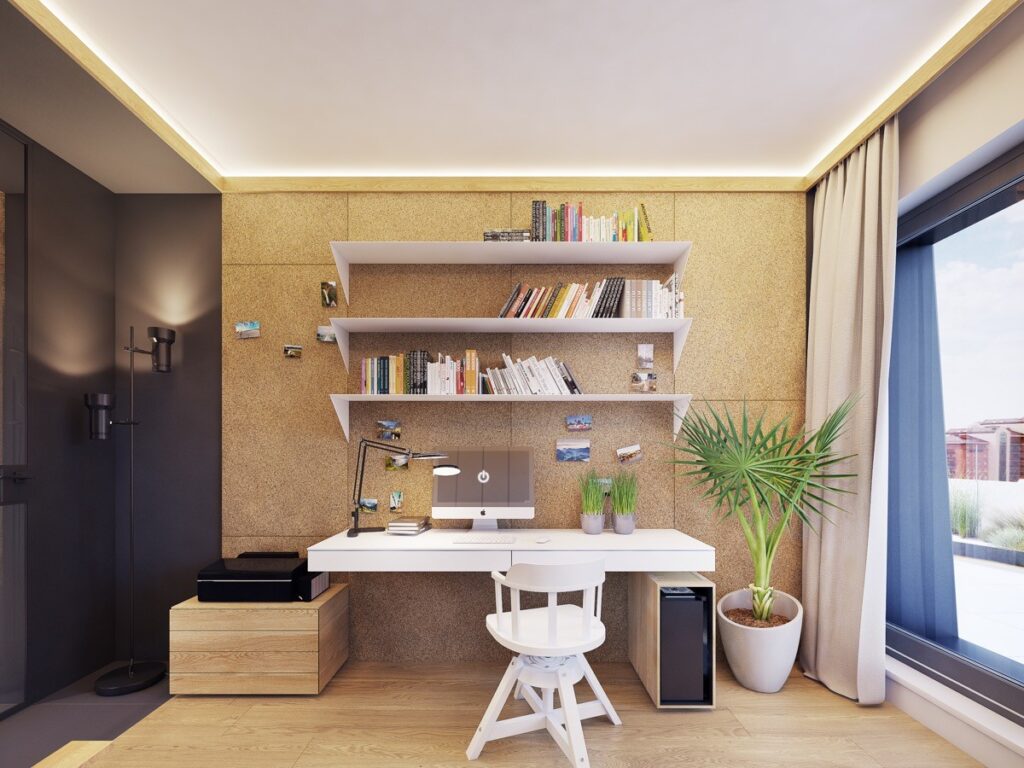
- Dedicated Room vs. Shared Space: A dedicated room offers the most privacy and allows for a more focused work environment. However, a shared space can be a viable option if you’re short on space, as long as you implement strategies to minimize distractions.
- Natural Light: Ideally, your home office should have access to natural light. Sunlight boosts mood and productivity. Position your desk near a window if possible.
- Noise Levels: Choose a location that is relatively quiet and free from interruptions. If noise is unavoidable, consider soundproofing measures like thick curtains or a white noise machine.
Identifying Storage Needs
Adequate storage is essential for maintaining a clutter-free and organized workspace. Take inventory of your supplies, files, and equipment, and determine the type and amount of storage you’ll need. Consider a combination of closed storage (cabinets and drawers) and open storage (shelves) to keep essential items within easy reach.
- Files and Documents: Invest in a filing cabinet or storage boxes to keep your documents organized and easily accessible.
- Office Supplies: Use desk organizers, drawers, and shelves to store pens, paper, staplers, and other essential supplies.
- Equipment: Consider dedicated storage for your printer, scanner, and other equipment to keep them out of the way when not in use.
Ergonomics: Prioritizing Your Health and Well-being
Ergonomics is the science of designing workspaces to fit the human body, minimizing the risk of strain, injury, and discomfort. A well-designed ergonomic home office will not only enhance your productivity but also protect your long-term health.
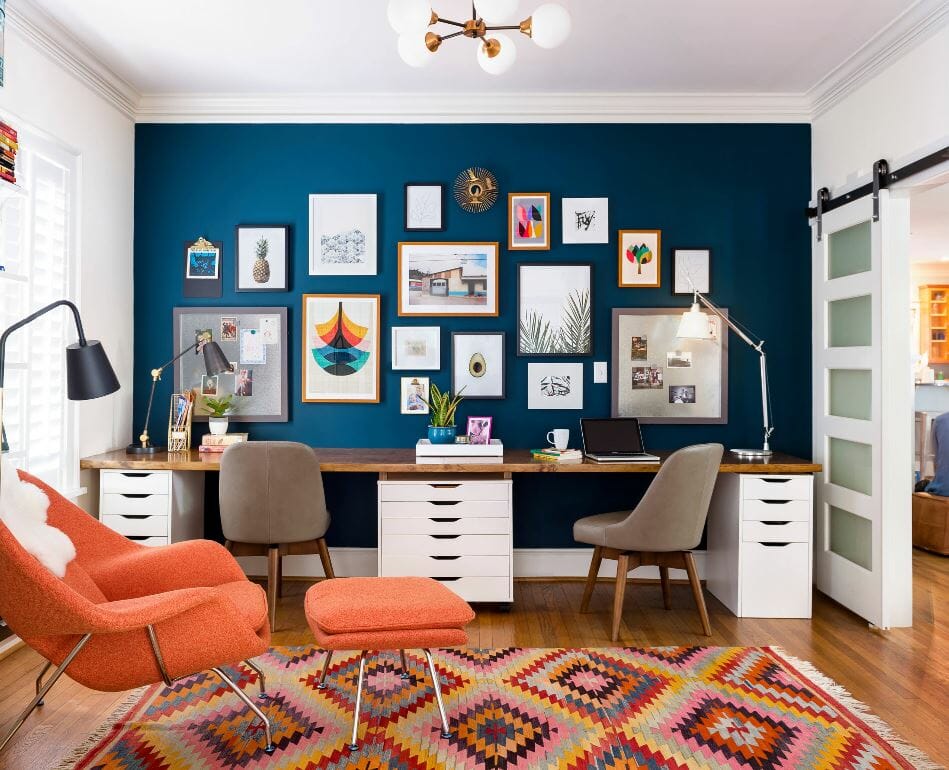
Choosing the Right Desk and Chair
Your desk and chair are the most important pieces of furniture in your home office. Invest in high-quality, ergonomic options that provide adequate support and adjustability.
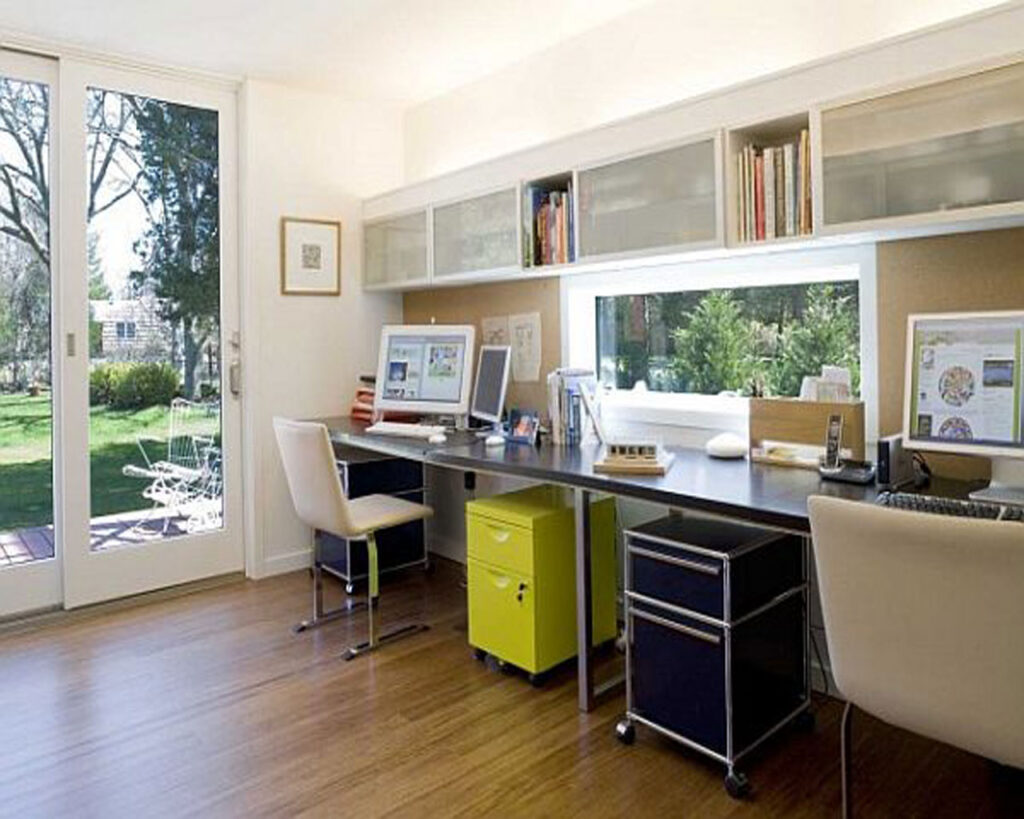
- Desk Height: Your desk should be at a height that allows you to type with your elbows at a 90-degree angle and your wrists straight. An adjustable standing desk is an excellent option, allowing you to switch between sitting and standing throughout the day.
- Chair Support: Your chair should provide adequate lumbar support, adjustable armrests, and a comfortable seat cushion. Look for chairs with breathable mesh backs to prevent overheating.
- Adjustability: Ensure that both your desk and chair are adjustable to accommodate your individual height and body type.
Optimizing Your Posture and Monitor Placement
Proper posture is crucial for preventing back pain, neck strain, and other musculoskeletal problems. Follow these tips to optimize your posture and monitor placement:
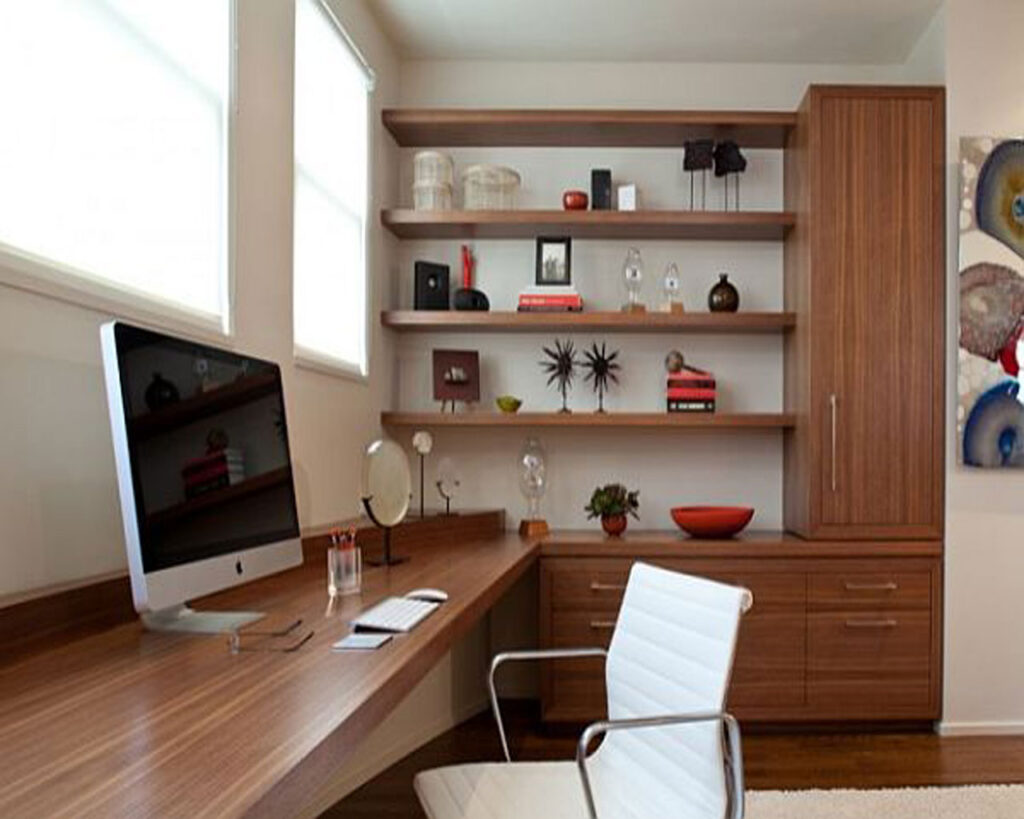
- Sit Upright: Maintain a straight back and avoid slouching. Use a lumbar support pillow if necessary.
- Feet Flat on the Floor: Your feet should be flat on the floor or supported by a footrest.
- Monitor Placement: Position your monitor at arm’s length and at eye level. The top of the screen should be slightly below your eye line.
- Keyboard and Mouse Placement: Place your keyboard and mouse close to your body to avoid reaching and straining your wrists.
Taking Breaks and Stretching
Even with a perfectly ergonomic setup, it’s essential to take regular breaks to stretch and move around. Set a timer to remind yourself to get up and walk around every 30-60 minutes. Perform simple stretches to relieve tension in your neck, shoulders, and back.
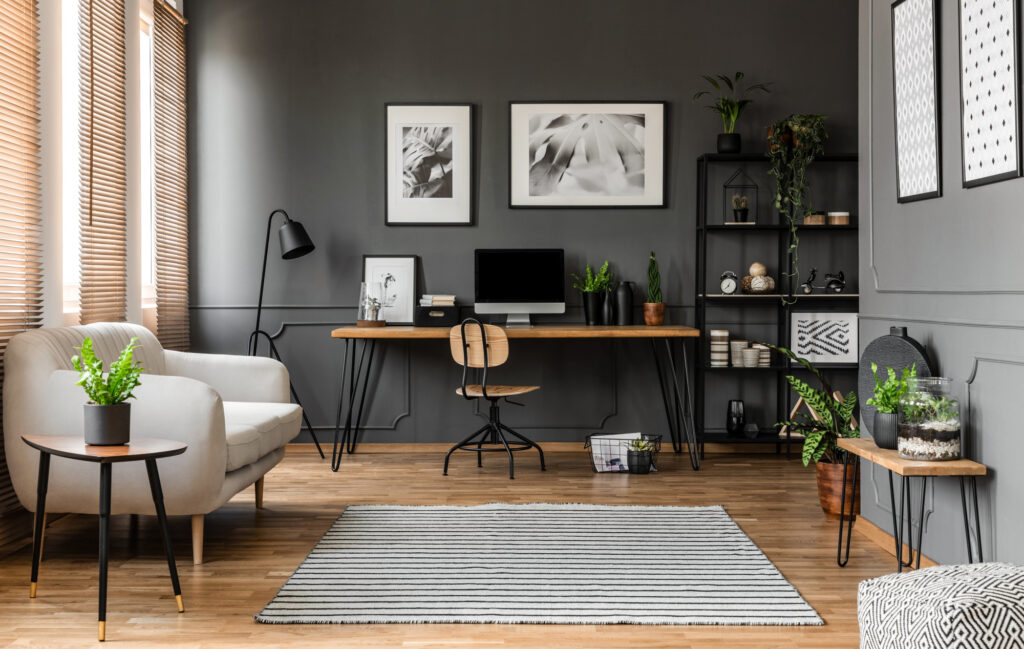
Lighting: Illuminating Your Workspace for Optimal Productivity
Adequate lighting is crucial for creating a comfortable and productive home office. Poor lighting can lead to eye strain, headaches, and fatigue. Aim for a combination of natural light and artificial light to create a well-lit and inviting workspace.
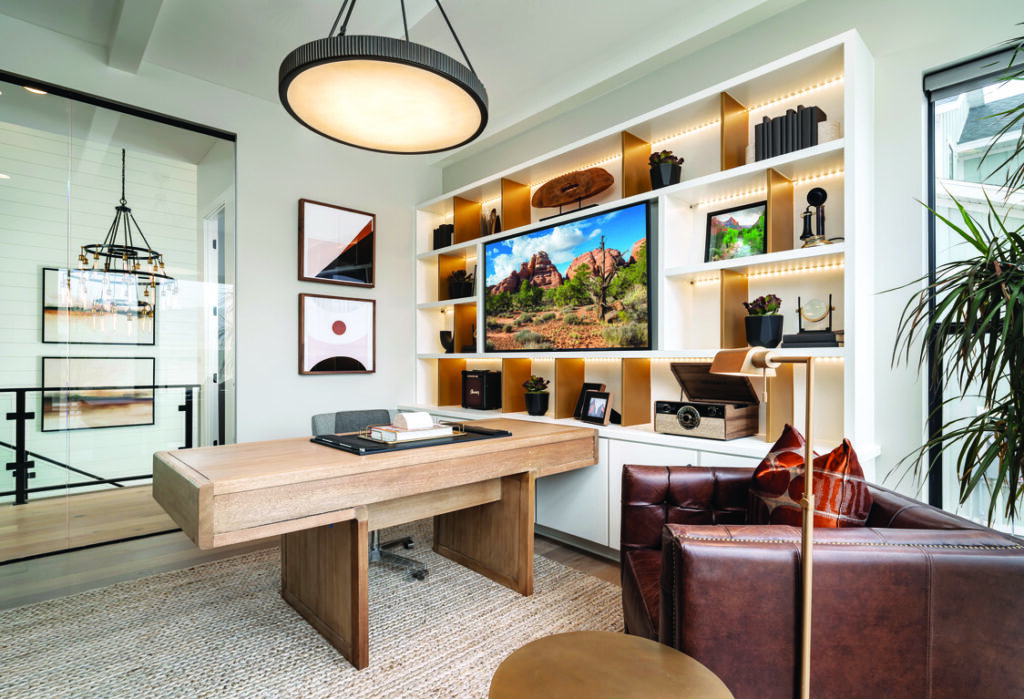
Maximizing Natural Light
Natural light is the best source of light for your home office. Position your desk near a window to take advantage of sunlight. However, be mindful of glare. Use blinds or curtains to control the amount of light entering the room.
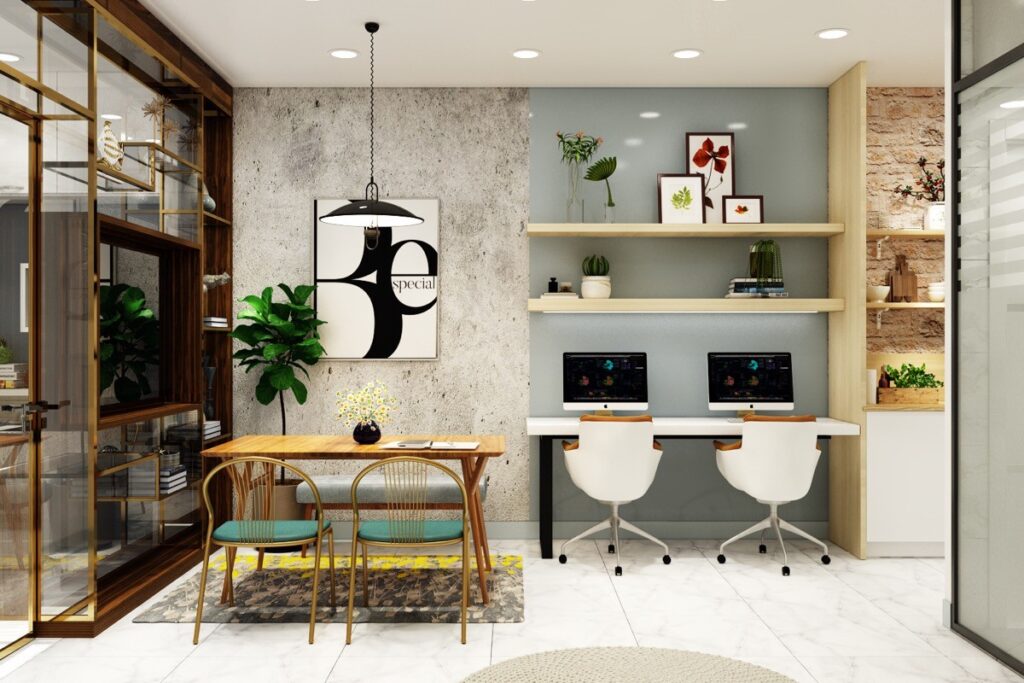
Choosing the Right Artificial Light
Supplement natural light with artificial light sources to ensure adequate illumination throughout the day. Consider the following types of lighting:
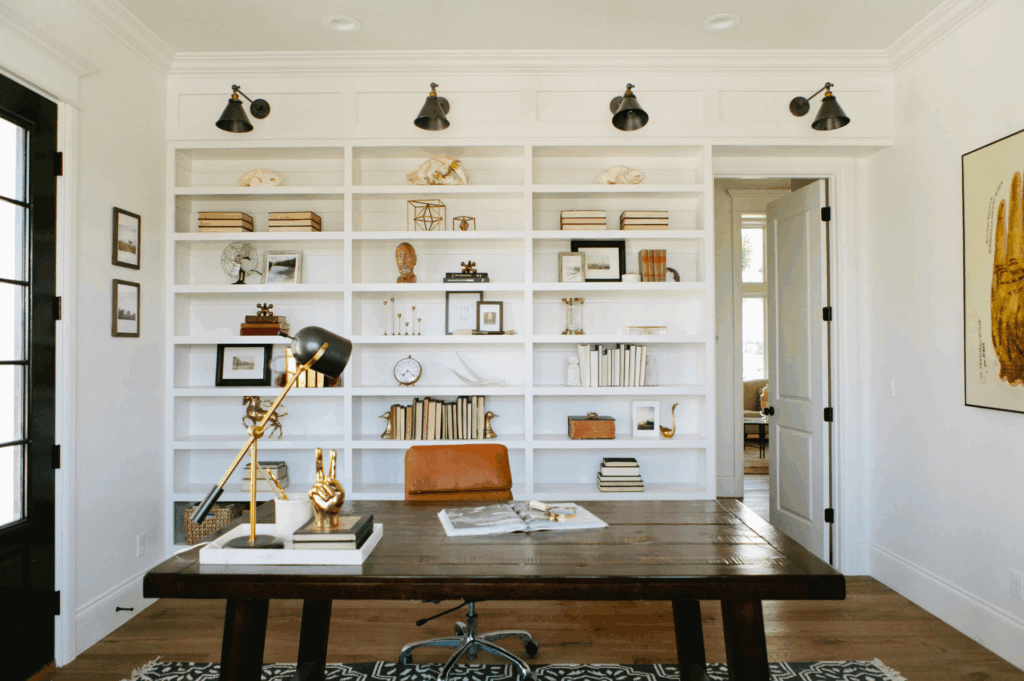
- Ambient Lighting: Provides general illumination for the entire room. Recessed lighting, chandeliers, and ceiling fans with lights are common options.
- Task Lighting: Provides focused light for specific tasks, such as reading or writing. Desk lamps and task lights are ideal for this purpose.
- Accent Lighting: Adds visual interest and highlights specific features in the room. Table lamps, wall sconces, and spotlights can be used as accent lighting.
Selecting Light Bulbs
Choose light bulbs with a color temperature that is appropriate for your work environment. Cool white or daylight bulbs are best for tasks that require focus and concentration, while warm white bulbs are better for creating a relaxing atmosphere.
Storage Solutions: Keeping Your Home Office Organized and Clutter-Free
A cluttered workspace can lead to distractions and reduced productivity. Implement smart storage solutions to keep your home office organized and clutter-free.
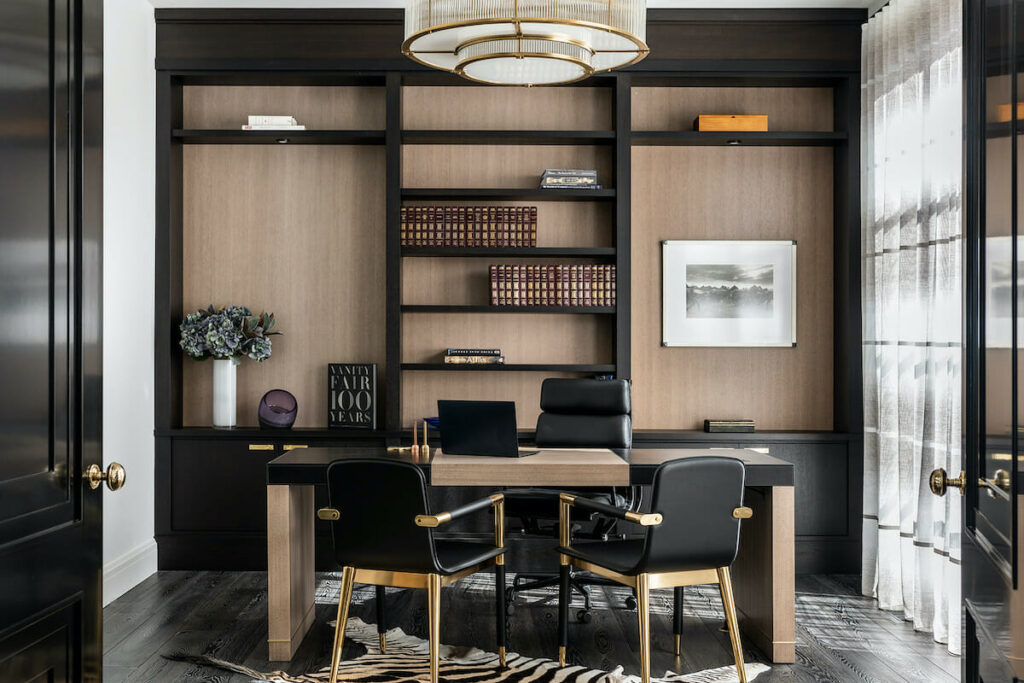
Utilizing Vertical Space
Take advantage of vertical space by installing shelves, wall-mounted cabinets, and pegboards. These storage solutions can help you maximize your storage capacity without taking up valuable floor space.
Choosing Functional Furniture
Select furniture with built-in storage, such as desks with drawers, file cabinets, and storage benches. These pieces can help you keep your supplies and equipment organized and within easy reach.
Implementing a Filing System
A well-organized filing system is essential for managing paperwork. Use filing cabinets, storage boxes, and label makers to keep your documents organized and easily accessible.
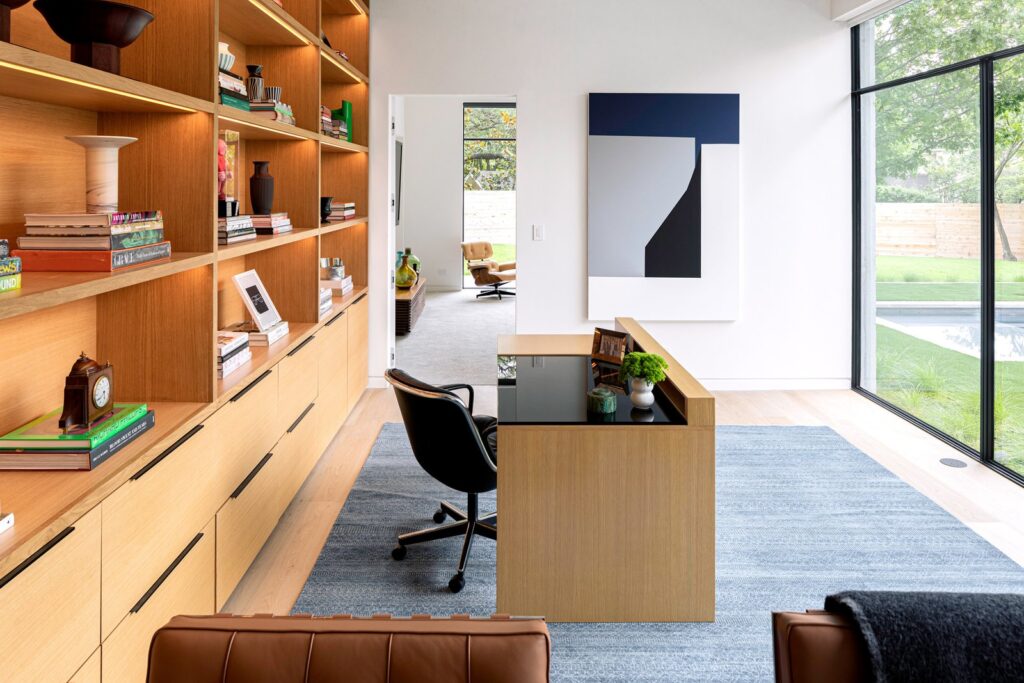
Decluttering Regularly
Make it a habit to declutter your home office regularly. Get rid of unnecessary items, file away papers, and organize your supplies. A clutter-free workspace will help you stay focused and productive.
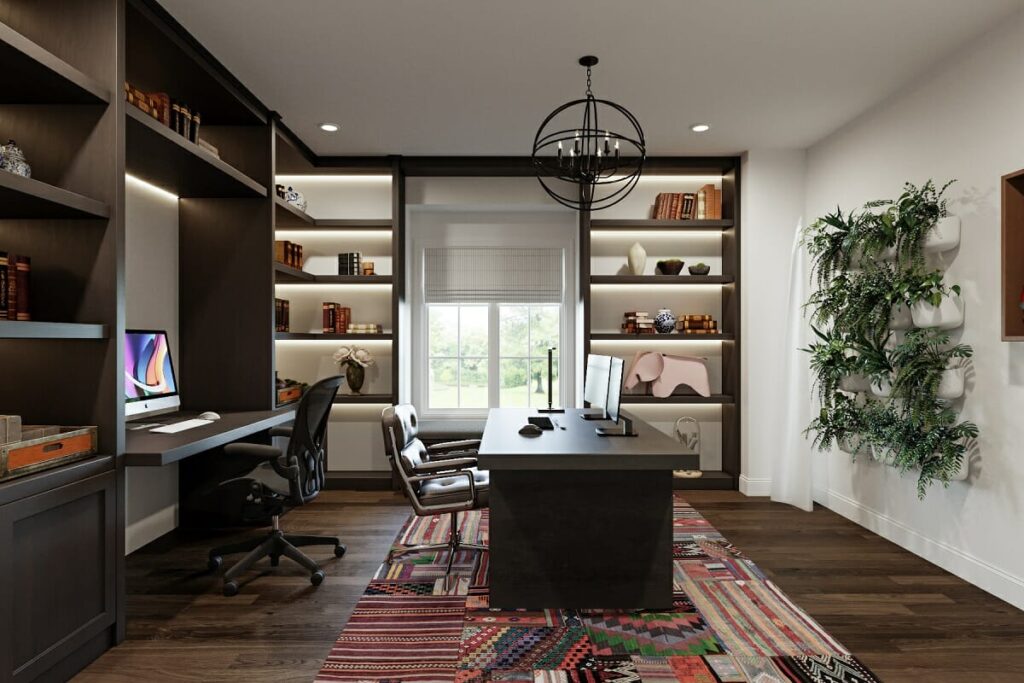
Personalization: Creating a Space That Inspires You
Your home office should be a reflection of your personality and style. Personalize your workspace with elements that inspire you, such as artwork, plants, and personal mementos. A personalized home office will create a more comfortable and motivating work environment.
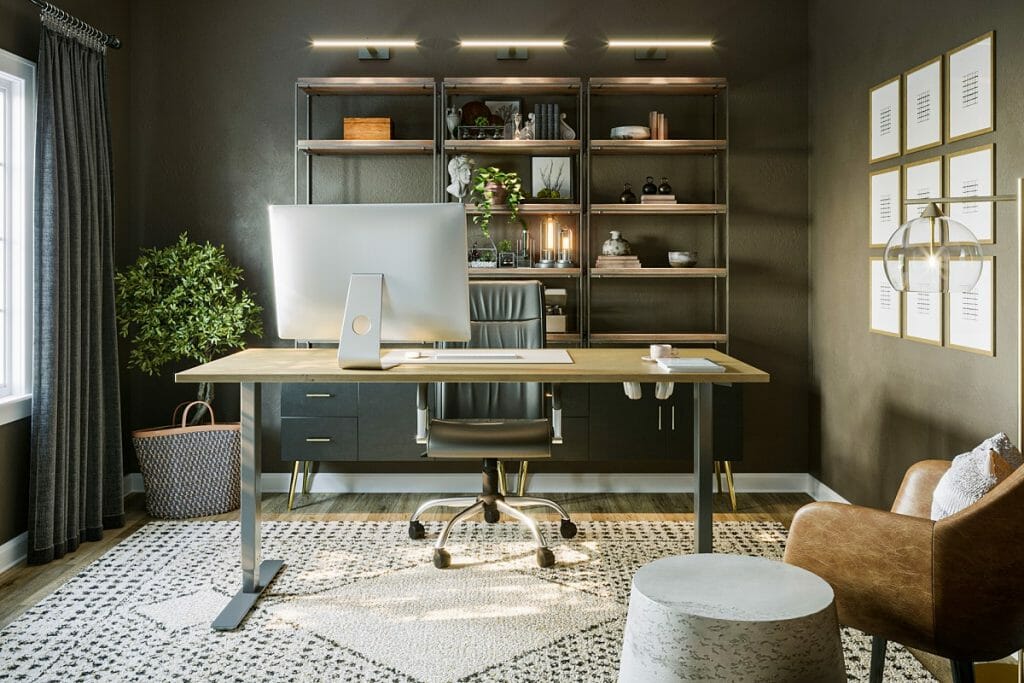
Adding Artwork and Decor
Hang artwork that you find inspiring and motivating. Choose pieces that reflect your interests and passions. Add decorative items such as vases, sculptures, and candles to create a more inviting atmosphere.
Incorporating Plants
Plants can add a touch of nature to your home office and improve air quality. Choose low-maintenance plants that thrive in indoor environments, such as succulents, snake plants, and peace lilies.
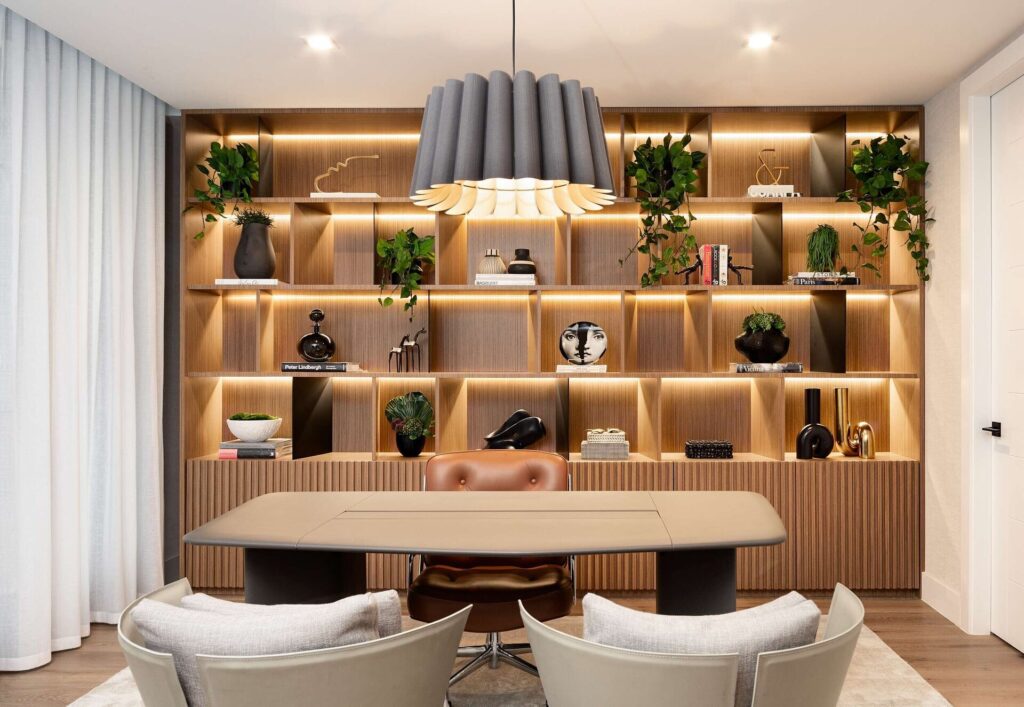
Displaying Personal Mementos
Display personal mementos such as photos, souvenirs, and awards to create a more personal and meaningful workspace. These items can remind you of your accomplishments and inspire you to stay motivated.
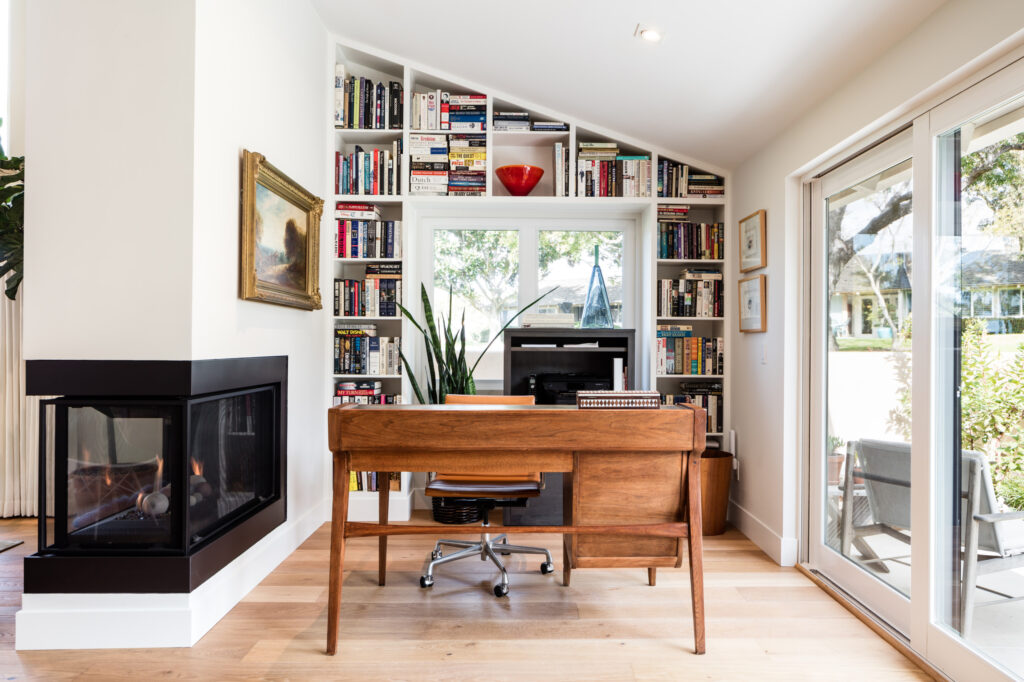
Choosing a Color Palette
Select a color palette that promotes focus and productivity. Cool colors such as blue and green are known to be calming and relaxing, while warm colors such as yellow and orange can be energizing and stimulating.
Technology and Connectivity: Ensuring a Seamless Workflow
In today’s digital age, a reliable and efficient technology setup is essential for a productive home office. Ensure that you have a fast and stable internet connection, a reliable computer, and all the necessary peripherals.
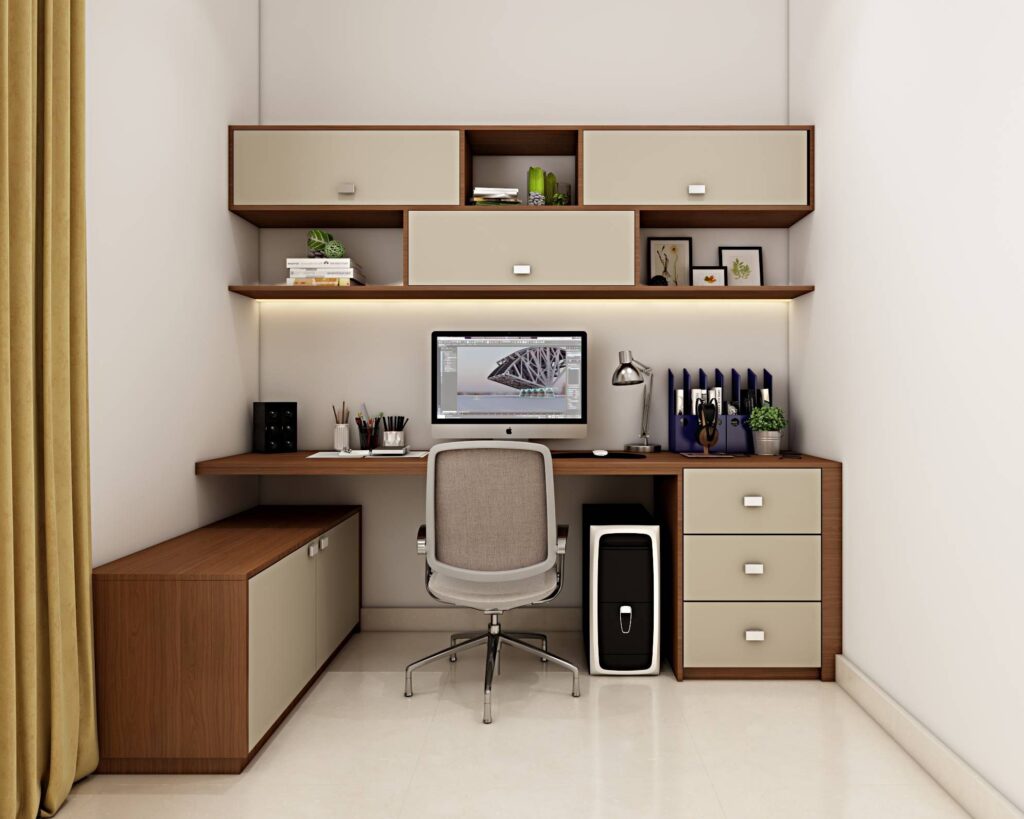
Setting Up a Fast and Stable Internet Connection
A fast and stable internet connection is crucial for video conferencing, downloading files, and accessing online resources. Choose an internet plan that meets your bandwidth requirements and ensure that your router is properly configured.
Choosing the Right Computer and Peripherals
Select a computer that is powerful enough to handle your workload. Consider factors such as processor speed, RAM, and storage capacity. Invest in a high-quality monitor, keyboard, and mouse to improve your comfort and productivity.
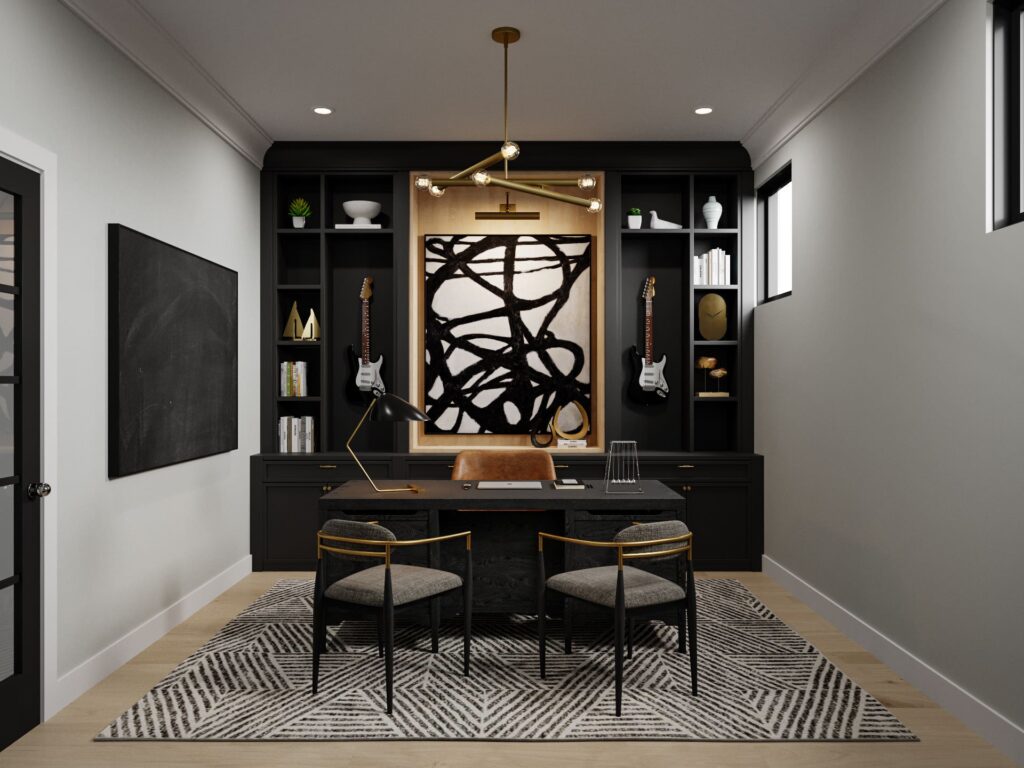
Implementing Cable Management
Keep your cables organized and out of the way with cable management solutions. Use cable ties, sleeves, and organizers to prevent tangled wires and create a cleaner and more organized workspace.
Investing in a Good Headset and Webcam
If you frequently participate in video conferences, invest in a good headset and webcam. A high-quality headset will ensure clear audio, while a good webcam will provide a clear and professional video image.
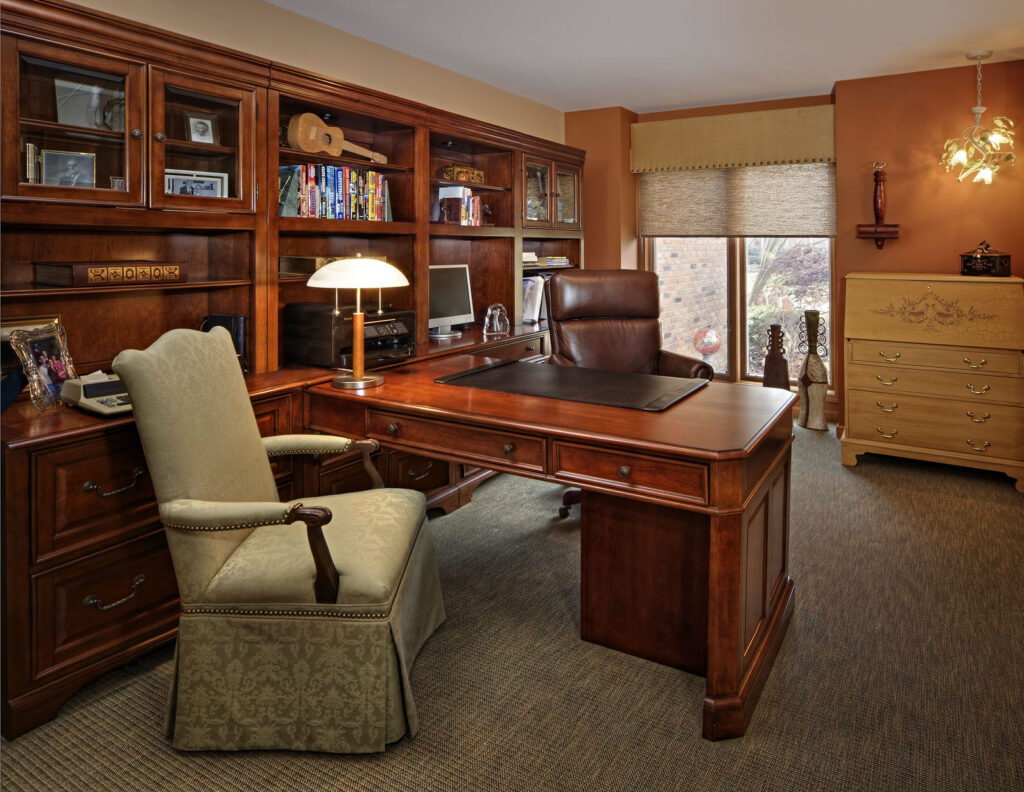
Soundproofing and Privacy: Creating a Distraction-Free Zone
Noise and distractions can significantly impact your productivity. Implement soundproofing measures and create a private workspace to minimize interruptions.
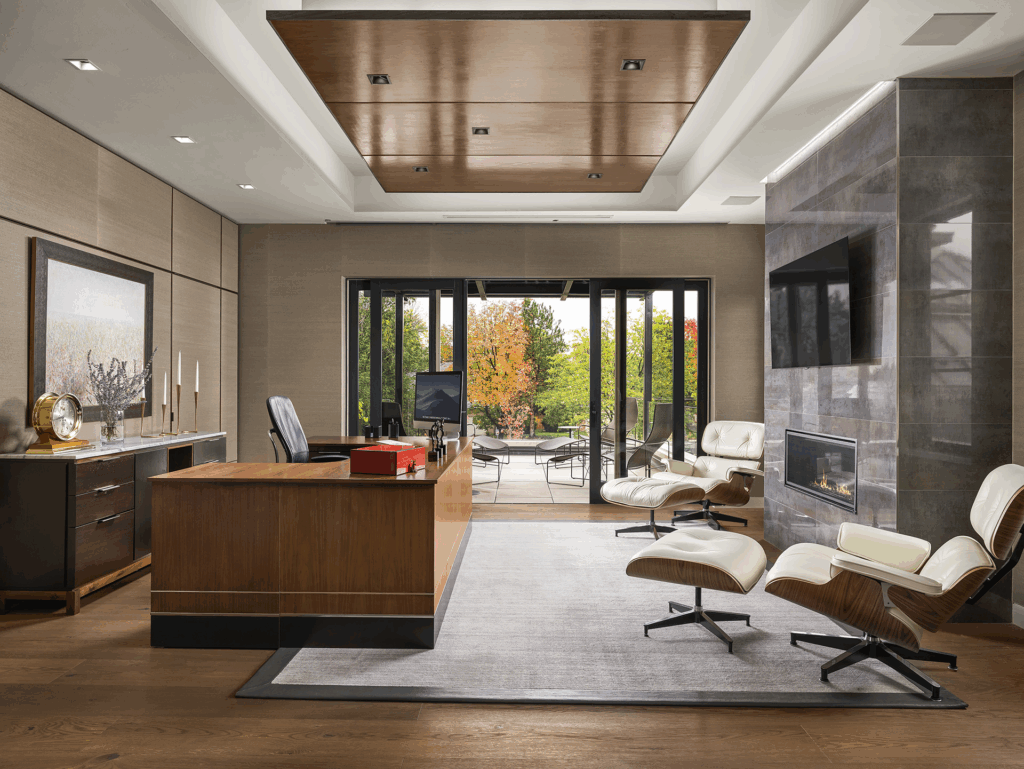
Soundproofing Your Home Office
Consider soundproofing your home office to reduce noise from outside sources. Install thick curtains, use acoustic panels, and seal any gaps around doors and windows.
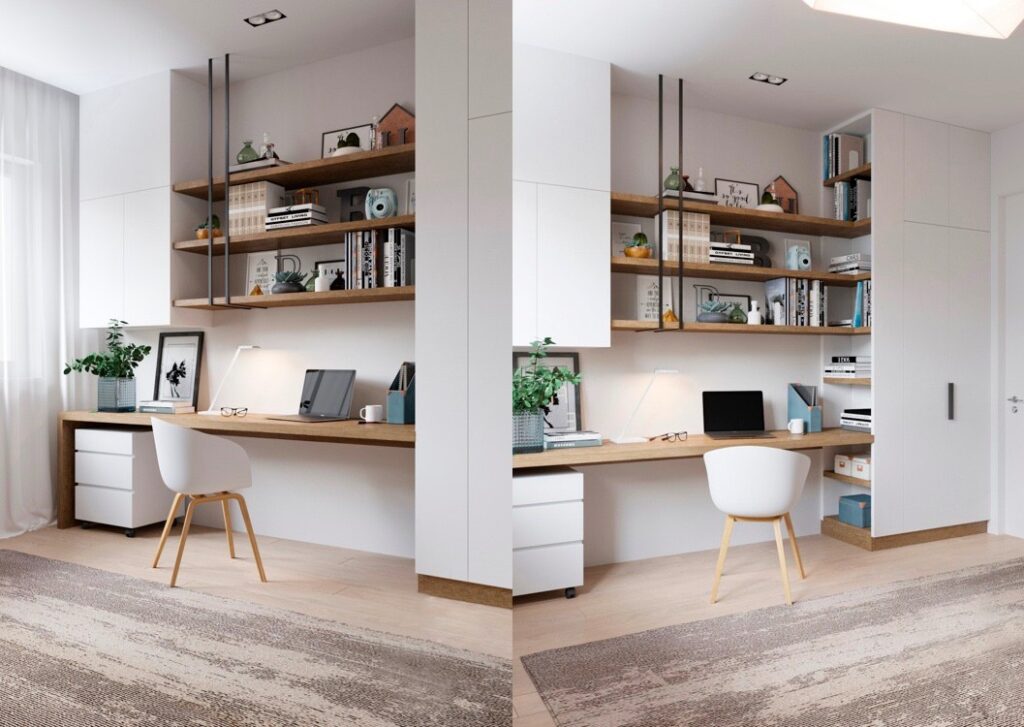
Creating a Private Workspace
If you share your home with others, create a private workspace that is separate from the main living areas. Use room dividers, screens, or curtains to create a physical barrier and minimize distractions.
Communicating Your Work Hours
Communicate your work hours to your family or housemates and ask them to respect your need for privacy and quiet during those times.
Using Noise-Canceling Headphones
Invest in noise-canceling headphones to block out distractions and create a more focused work environment.
Budgeting and Planning: Creating a Home Office Without Breaking the Bank
Creating a functional and stylish home office doesn’t have to break the bank. Set a budget and prioritize your needs to create a workspace that meets your requirements without overspending.
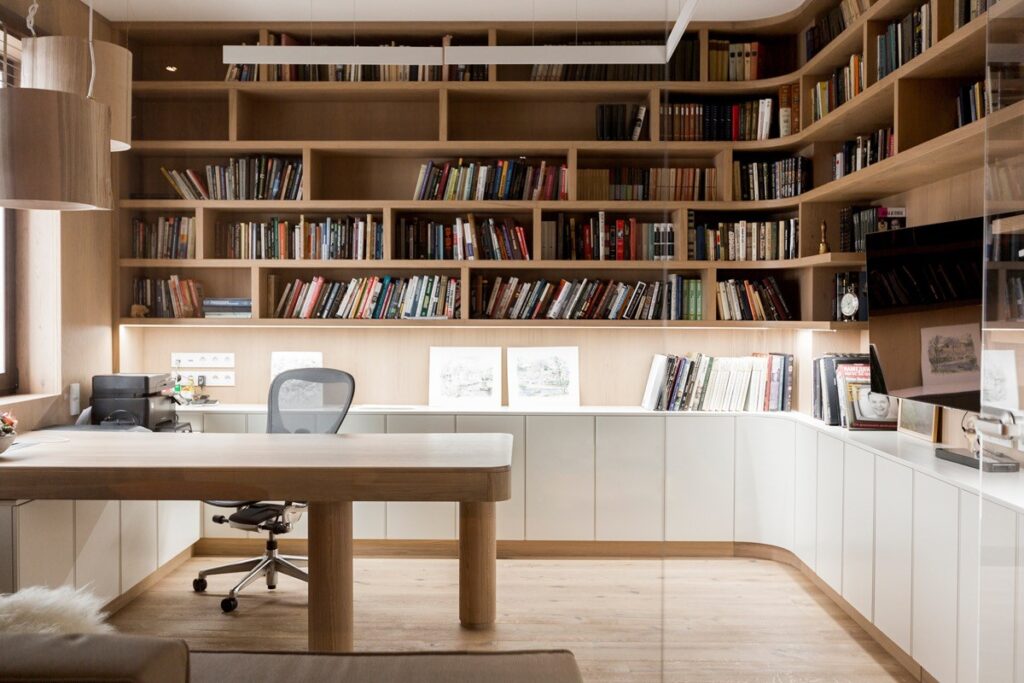
Setting a Budget
Determine how much you can afford to spend on your home office. Prioritize your needs and allocate your budget accordingly. Focus on essential items such as a desk, chair, and lighting before investing in decorative items.
Shopping Around for Deals
Shop around for deals on furniture, equipment, and supplies. Compare prices from different retailers and look for sales and discounts. Consider buying used or refurbished items to save money.
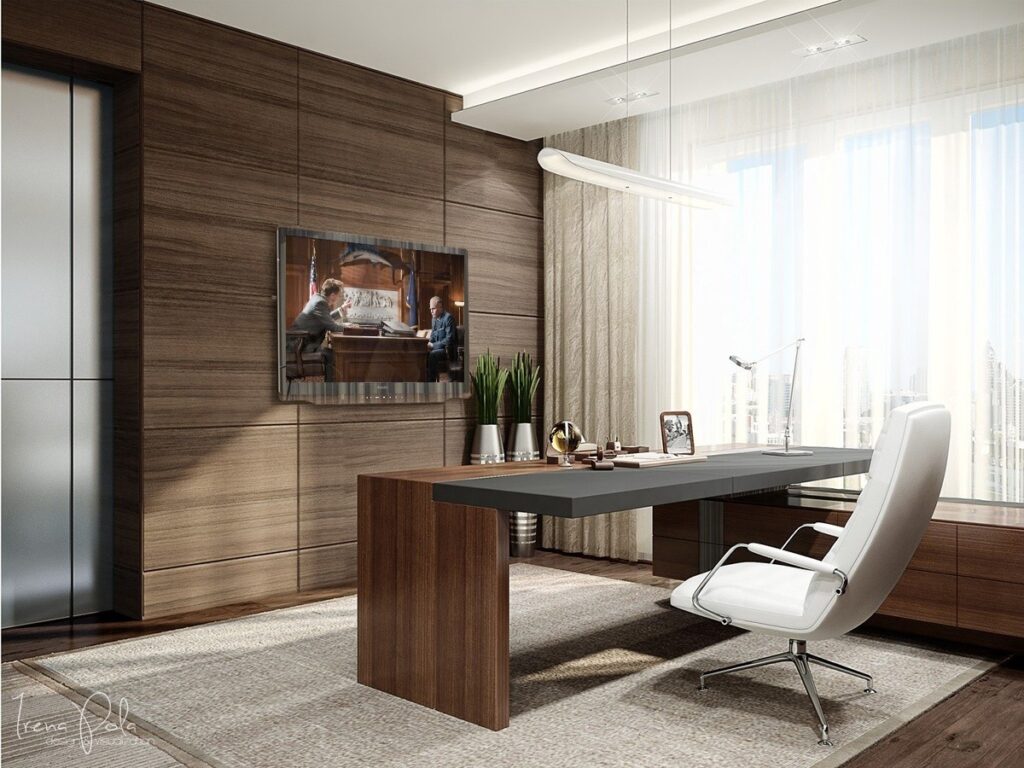
DIY Solutions
Get creative and consider DIY solutions for some of your home office needs. Build your own desk, create your own storage solutions, and decorate your workspace with homemade artwork.
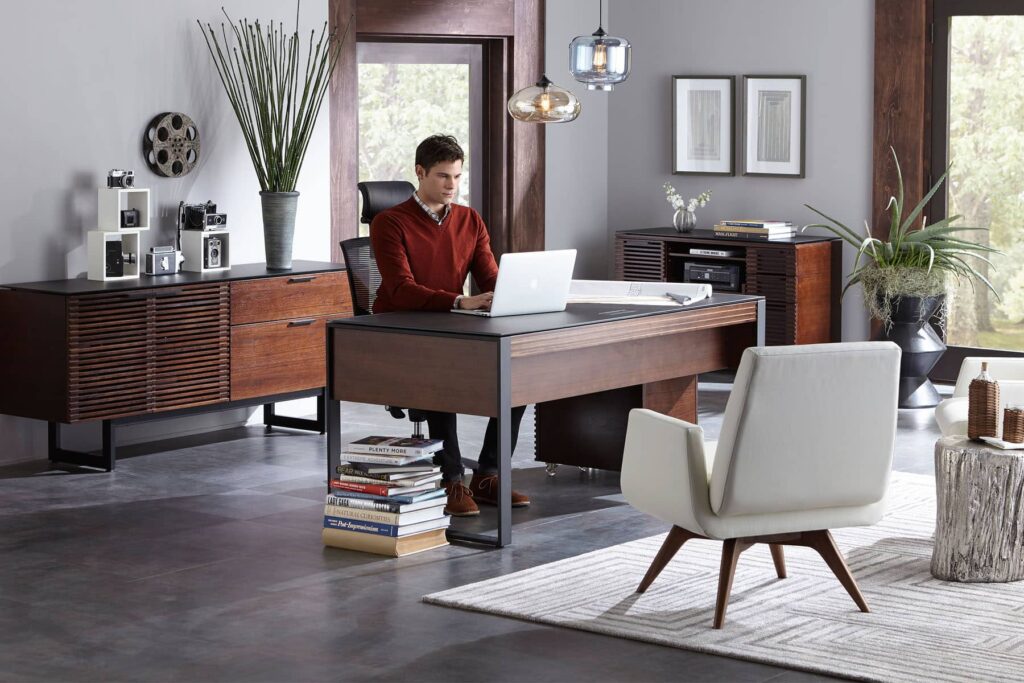
Phased Approach
If you can’t afford to create your dream home office all at once, consider a phased approach. Start with the essentials and gradually add more features and improvements as your budget allows.
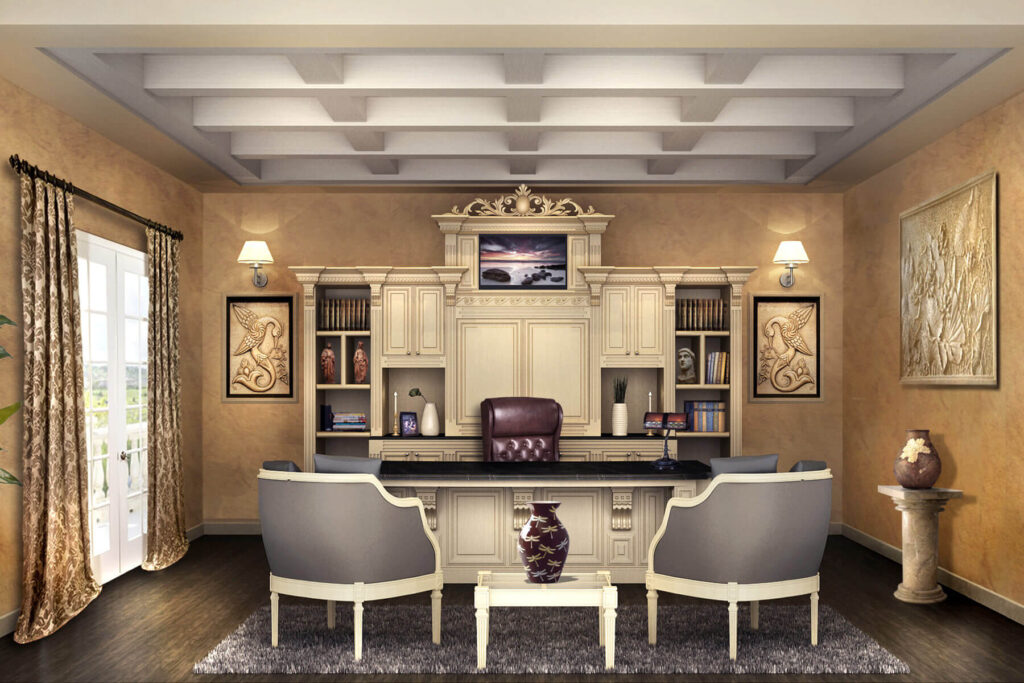
Home Office Design Styles: Finding the Right Aesthetic for You
Once you’ve addressed the functional aspects of your home office, it’s time to consider the aesthetic. Choose a design style that reflects your personality and creates a comfortable and inspiring work environment. Here are a few popular home office design styles:
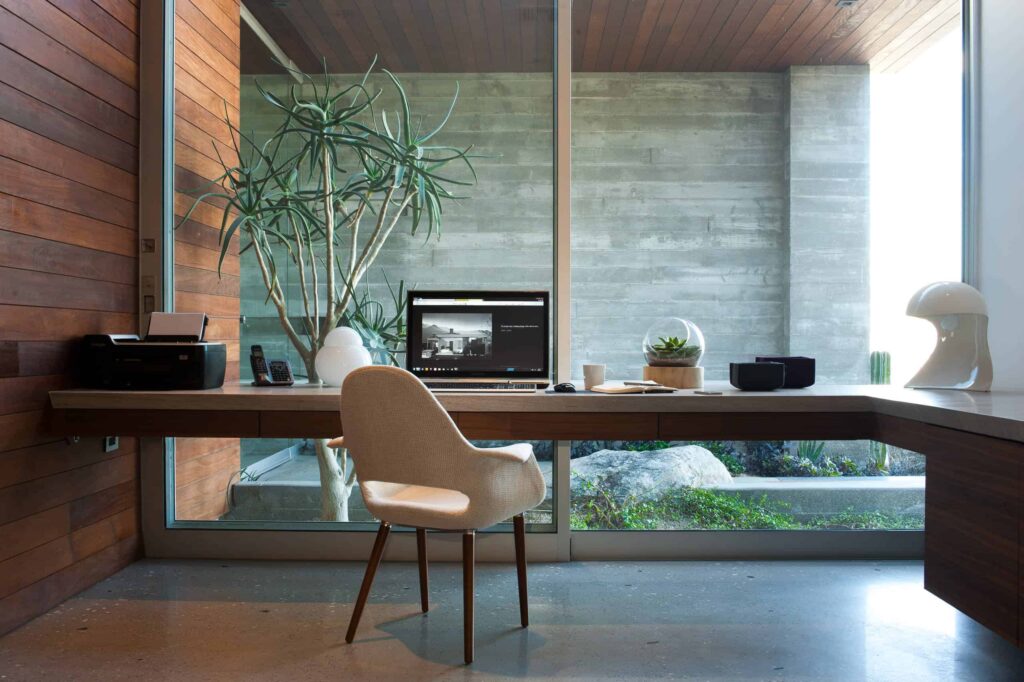
Minimalist
A minimalist home office is characterized by clean lines, neutral colors, and minimal clutter. Focus on essential items and avoid unnecessary decorations. This style promotes focus and concentration.
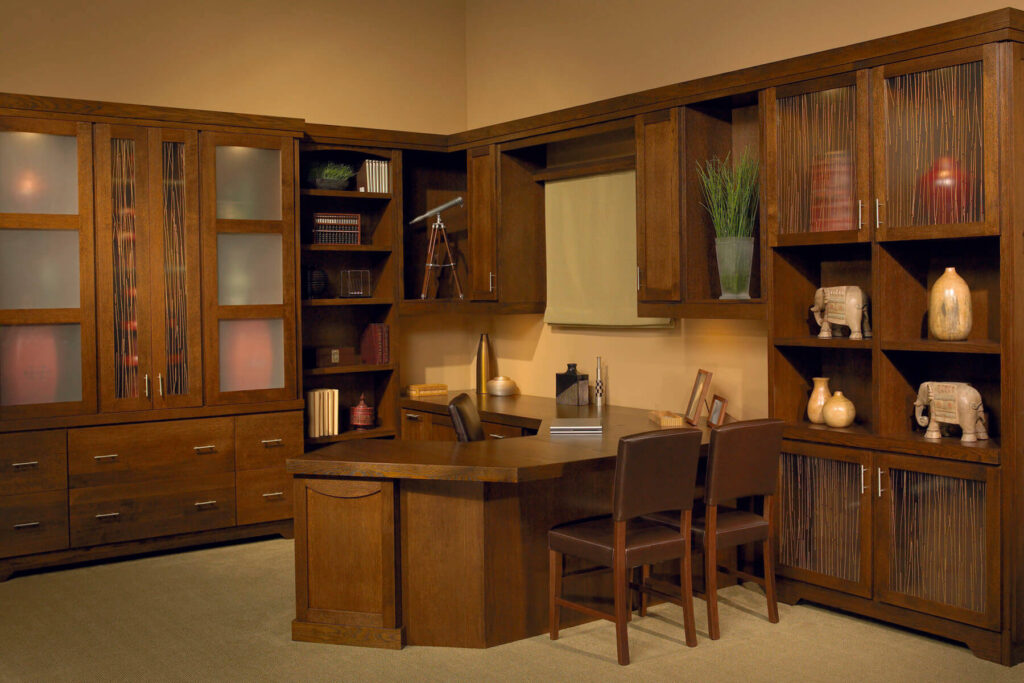
Modern
A modern home office features sleek furniture, geometric shapes, and a mix of materials such as metal, glass, and wood. This style is sophisticated and contemporary.
Industrial
An industrial home office incorporates raw materials such as brick, concrete, and metal. Exposed pipes, unfinished wood, and vintage furniture are common elements of this style. This style is edgy and unique.
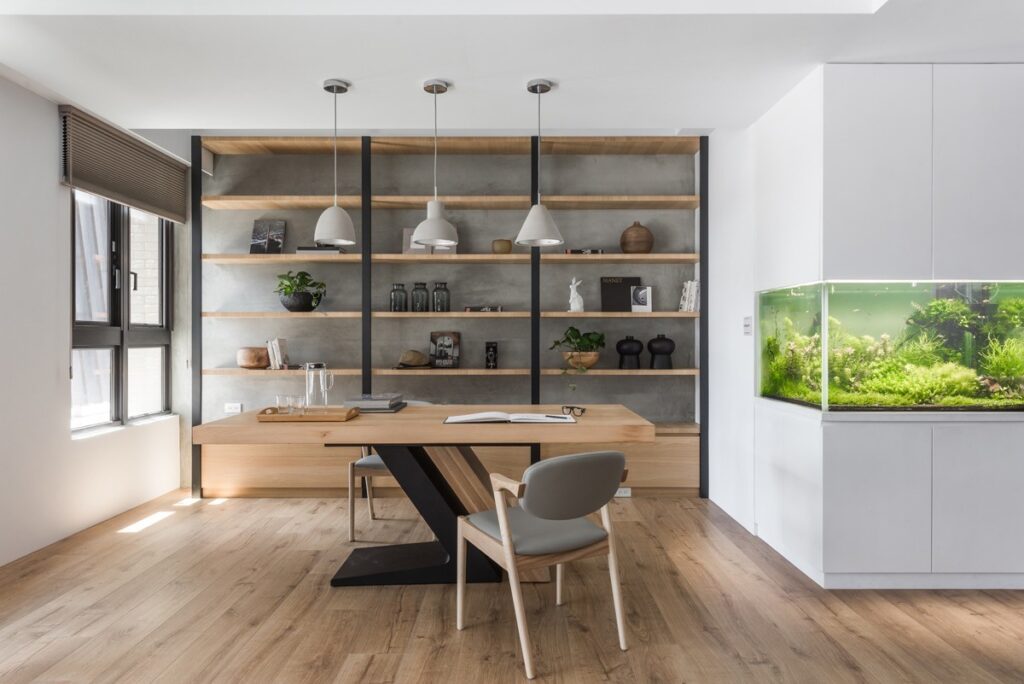
Bohemian
A bohemian home office is eclectic and colorful, with a mix of textures, patterns, and vintage finds. Plants, tapestries, and global-inspired decor are common elements of this style. This style is relaxed and creative.
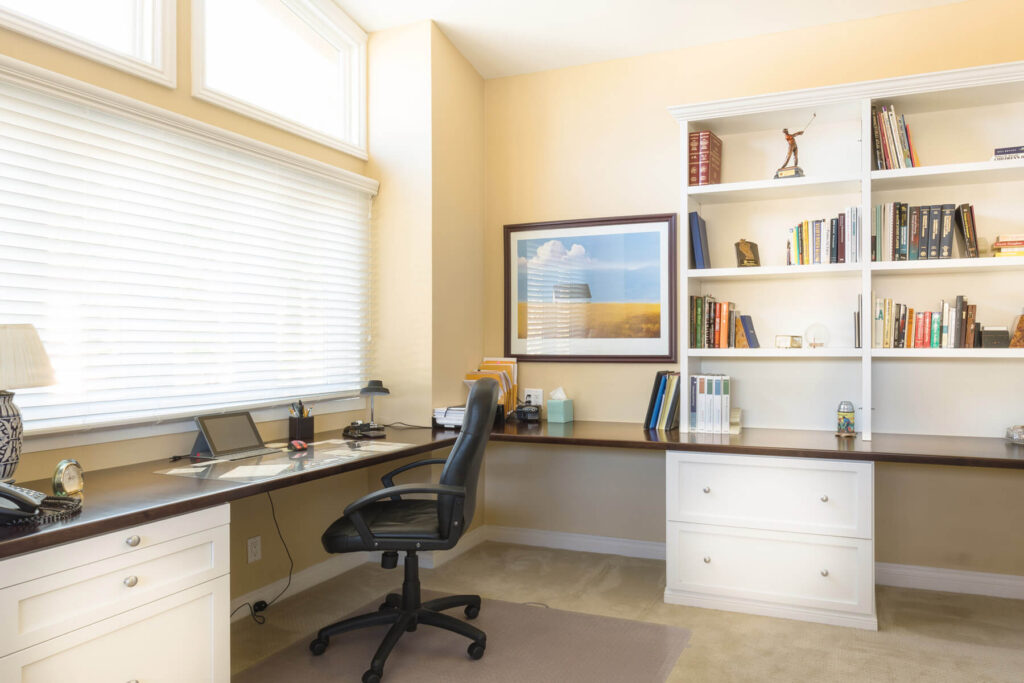
Traditional
A traditional home office features classic furniture, rich wood tones, and elegant details. This style is comfortable and timeless.
Maintaining Your Home Office: Keeping It Productive and Inspiring
Creating a well-designed home office is just the first step. To maintain its productivity and inspiration, it’s essential to establish good habits and routines.
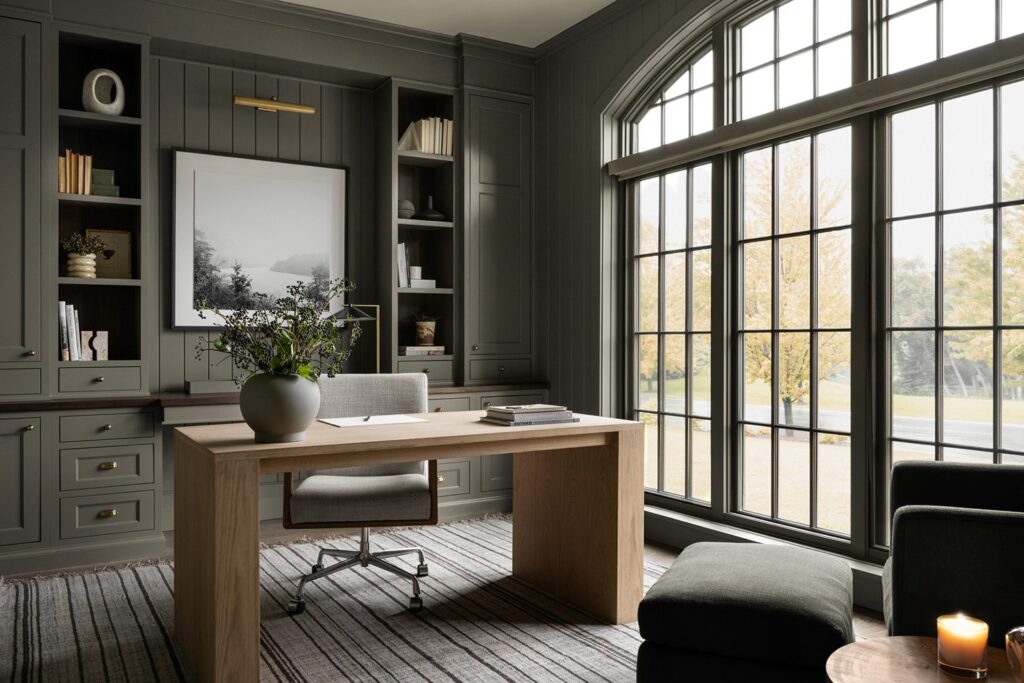
Regular Cleaning and Organization
Set aside time each week to clean and organize your home office. Dust your furniture, vacuum the floor, and declutter your workspace. A clean and organized environment will promote focus and productivity.
Reviewing and Adjusting Your Setup
Periodically review your home office setup and make adjustments as needed. Consider whether your furniture is still comfortable and ergonomic, whether your lighting is adequate, and whether your storage solutions are still meeting your needs.
Adding New Elements of Inspiration
Keep your home office fresh and inspiring by adding new elements of inspiration from time to time. Change your artwork, add new plants, or rearrange your furniture. A change of scenery can boost your creativity and motivation.
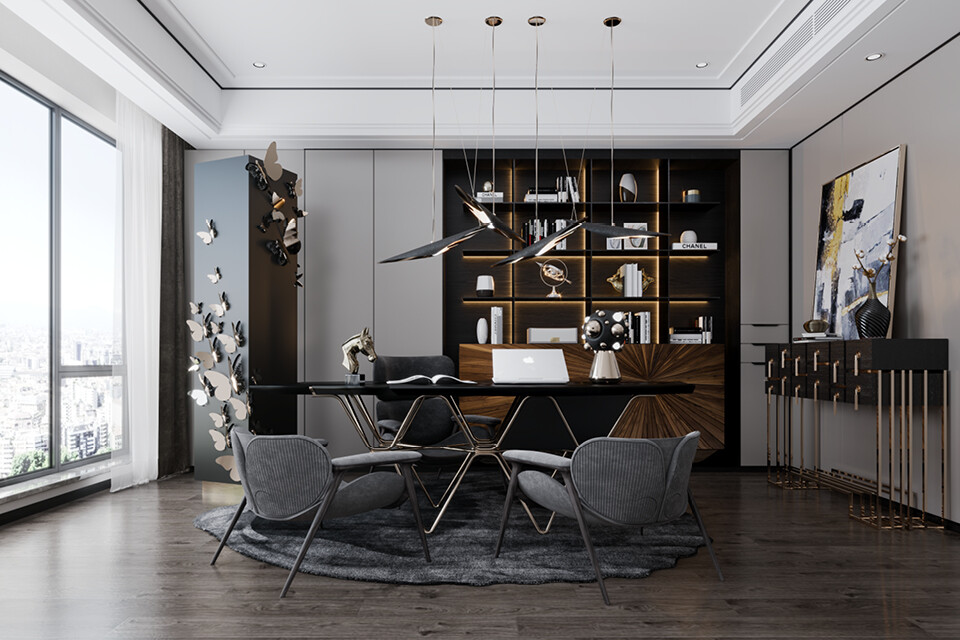
Creating Boundaries Between Work and Life
When working from home, it’s important to create boundaries between your work life and your personal life. Establish clear start and end times for your workday, and avoid working in your home office outside of those hours. This will help you maintain a healthy work-life balance and prevent burnout.
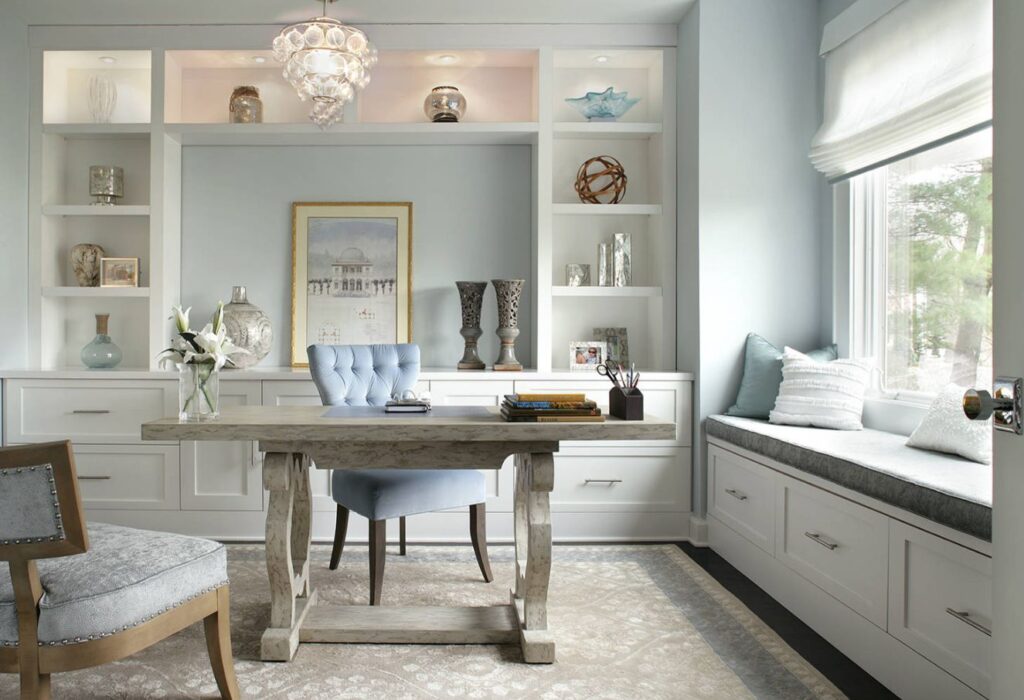
Conclusion: Your Home Office, Your Sanctuary
Designing the perfect home office is a deeply personal endeavor. It’s about creating a space that supports your work, inspires your creativity, and promotes your well-being. By carefully considering your needs, prioritizing ergonomics, optimizing lighting, and personalizing your space, you can transform your home into a haven of productivity and create a workspace that you truly love.
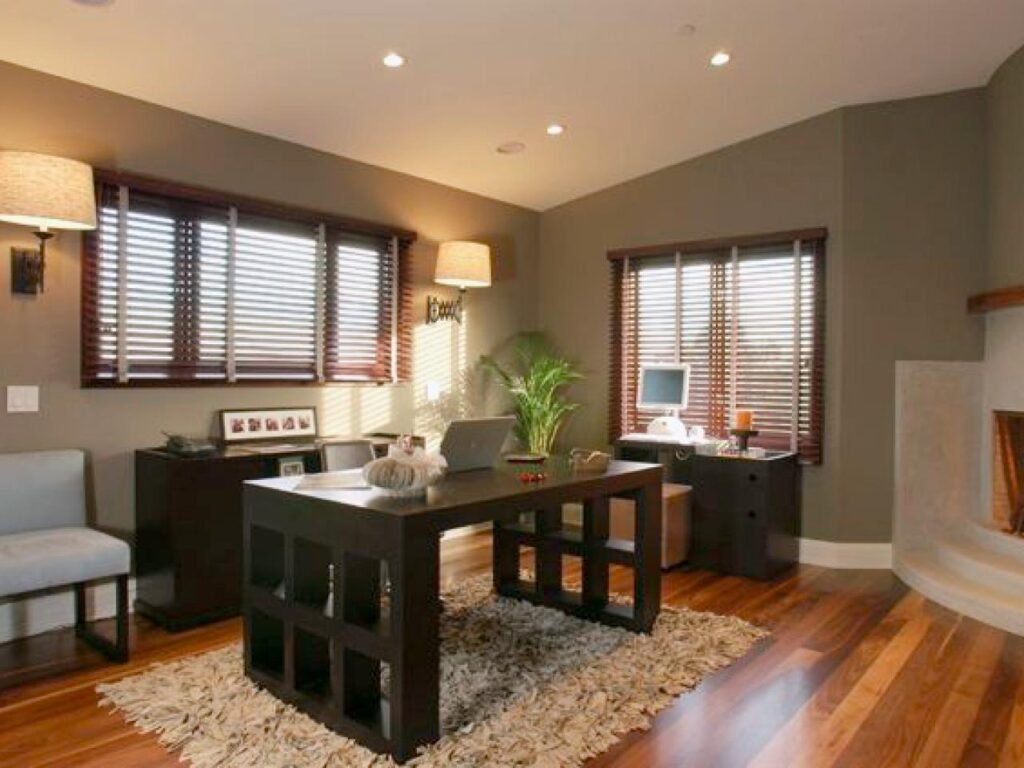
So, take the time to plan, experiment, and refine your home office design until it perfectly suits your individual requirements. Your ideal workspace awaits!
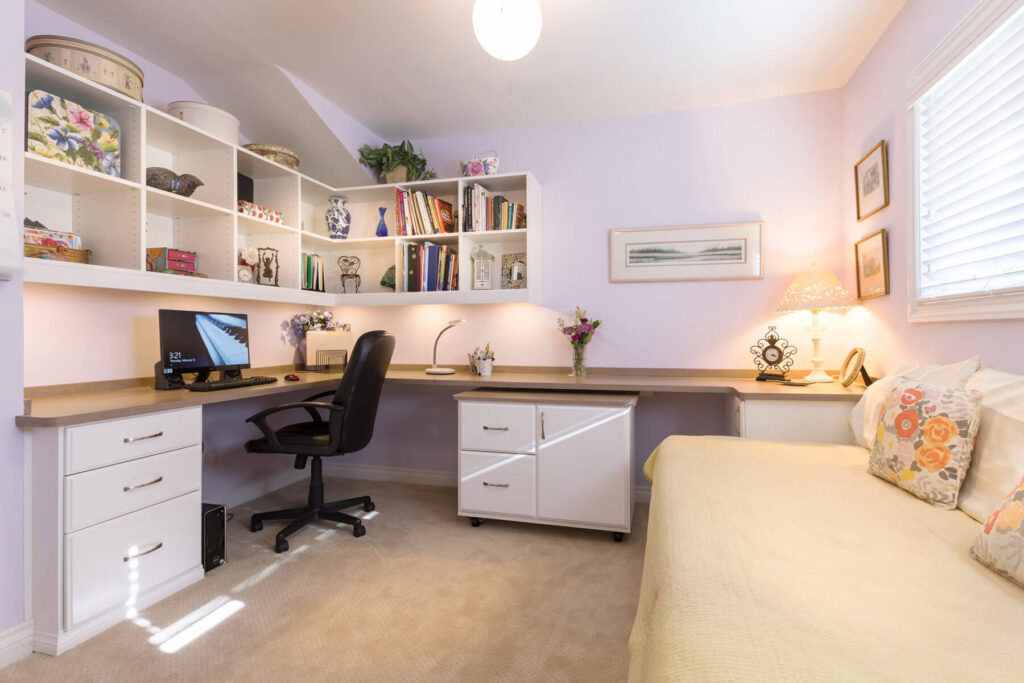
 Nimila
Nimila
